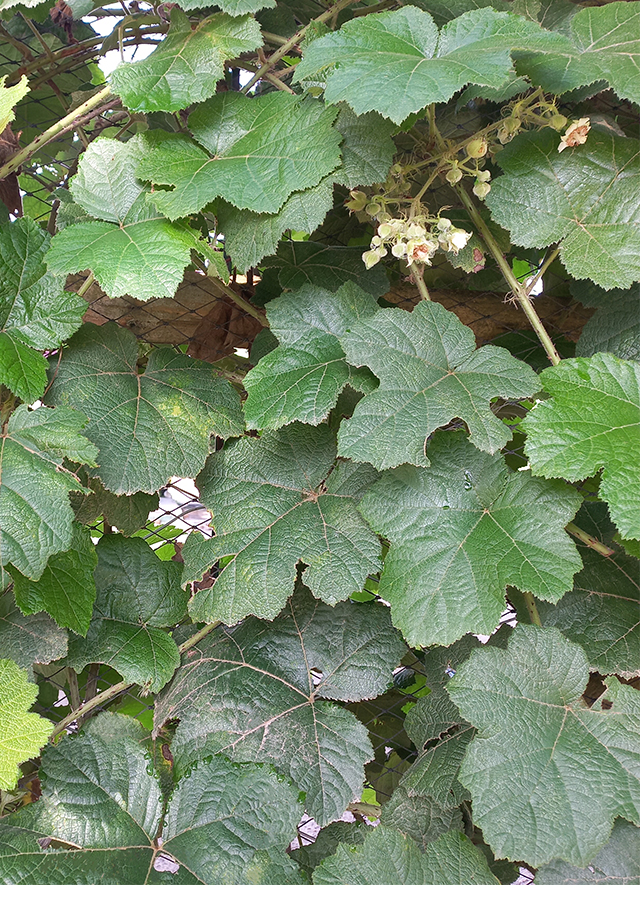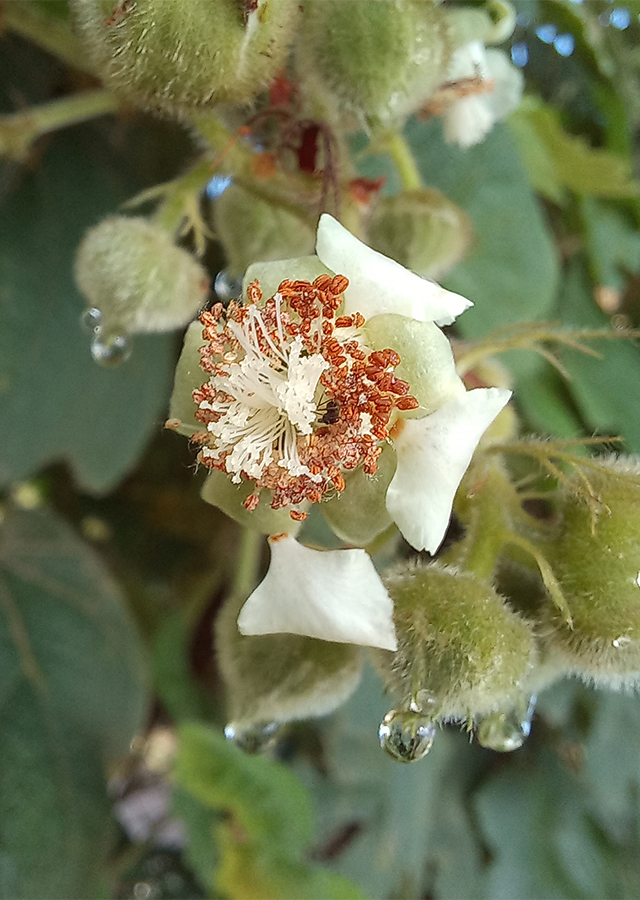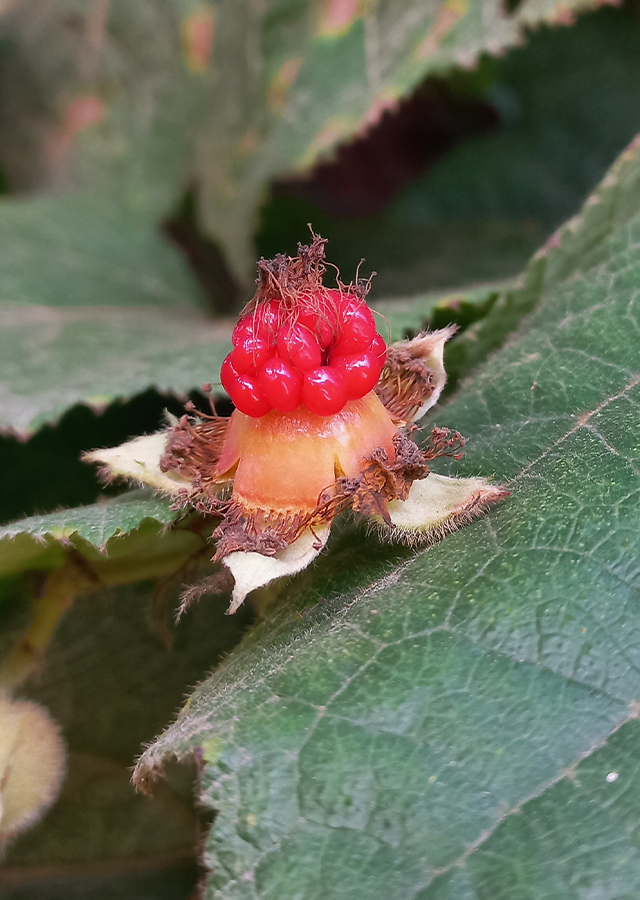Traditional Herbs from Rubus moluccanus
wound
- Prepare forest rosbery leaves and wash them until clean.
- Crush them with salt until they become a paste.
- Apply it to the wound.
eye_pain
- Take the sap from forest rosbery leaves or stems .
- Drop the sap on the eyes to treat eye pain or eye diseases.
What is Rubus moluccanus Looks like??



Parts of Rubus moluccanus that could be used
- Leaves
- Fruit
- Sap
Rubus moluccanus Distribution
Forest rosbery originates from East Asia - the Himalayas spreading to Sri Lanka, Myanmar, Thailand, Laos, Vietnam, Malaysia, Indonesia, the Philippines, New Guinea, East Australia and New Caledonia. This plant spreads through seeds sown by birds and has become a weed in some areas. The fruit can be consumed raw or cooked and used in pies, preserves, etc. Parts of the plant in various countries are used in traditional medicine because this plant, after being tested, has activity as an abortifacient, astringent and emmenagogue.Agroecology of Rubus moluccanus
Forest roseberries can grow at an altitude of up to 3,000 m above sea level. Usually found in forests, forest borders, bushes along rivers. Easy to grow in well-drained loamy soil in sun or semi-shade, and moist soil.
Morphology of Rubus moluccanus
- Veating, woody, tough, brownish-green, spiny stems, reaching a height of 2-3\u00a0m, with branches covered with bristly hairs. The stems, buds, petioles, and lower surfaces of the leaves are velvety.
- Leaves\u00a0thin, flat, usually 3 to 5 lobes, strongly heart-shaped at the base, broadly ovate, and 5-15 cm wide. The upper surface is hairy and looks reticulate when dry.
- The flowers are about 2 cm, usually in small clusters, and arranged in racemes in the leaf axils and at the tips of the branches. The calyx lobes are ovate to lanceolate, entire or pectinate calyx segments.
- The berries are bright red, about 1 cm in diameter, juicy, slightly sour, with numerous carpels, and a hairy receptacle.
Cultivation of Rubus moluccanus
- Propagate generatively\u00a0by seed. Seeds germinate best if given a period of cold stratification before sowing in containers. Stored seeds require one month of stratification at a temperature of around 3 \u00b0C\u00a0and are best planted as early in the growing season as possible. Transplant when ready large enough to be planted.
- Vegetative propagation using semi-ripe wood cuttings.
Rubus moluccanus, more details :
Chemical Content of Rubus moluccanusTannins, malic acid, citric acid, pectin, albumin, flavonoids, anthocyanins, hydroxy methyl furfural; 1,1,2,-triacetoxyethane; 2,4-dihydroxy-2,5-dimethyl-3(2H)-furan-3-one; 2-hydroxy- 3-methyl1-4-pyrone, alkaloids, amino acids, phenolic compounds, glycosides, pentacyclic triterpenes, rubonic acid, saponins.
Benefits of Rubus moluccanus
Treats dysentery, induces labor, treats stomach aches, accelerates wound healing, treats eye diseases, a useful medicine for nighttime urination in children (bedwetting), as a blood tonic, treats dysentery and other internal complaints, provides energy , and increases fertility in women, used for peptic ulcer disease. Has activity as an antihypertensive, abortifacient, astringent, and emmenagogue.
Simplisia of Rubus moluccanus
- Prepare forest roseberry leaves, wash thoroughly with running water then drain.
- Dry in the sun or in the oven at a temperature\u00a040\u00b0C until the water content\u00a010%.
- Choose using a blender until it becomes a sifted powder with a 60 mesh sieve.
- Store in a clean and airtight place.
Another Facts for Rubus moluccanus :
Synonym of Rubus moluccanus-
Habitus of Rubus moluccanus
Bush. Annual climbing shrub, reaching 6 m high
Habitat of Rubus moluccanus
- Forest
- Bush Area
No comments:
Post a Comment